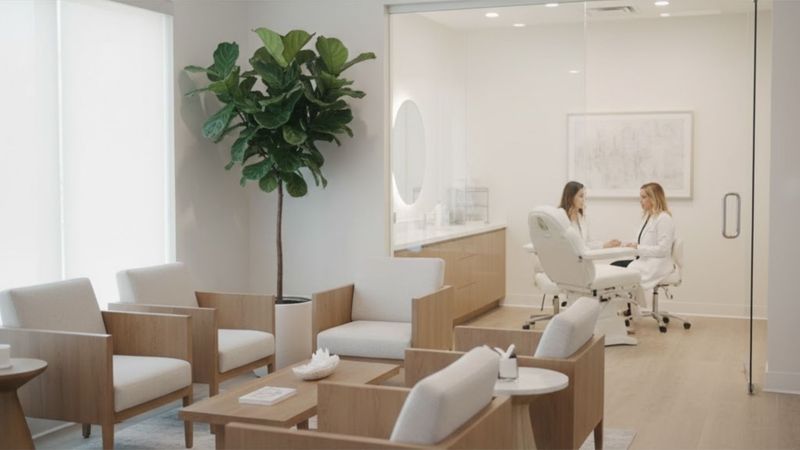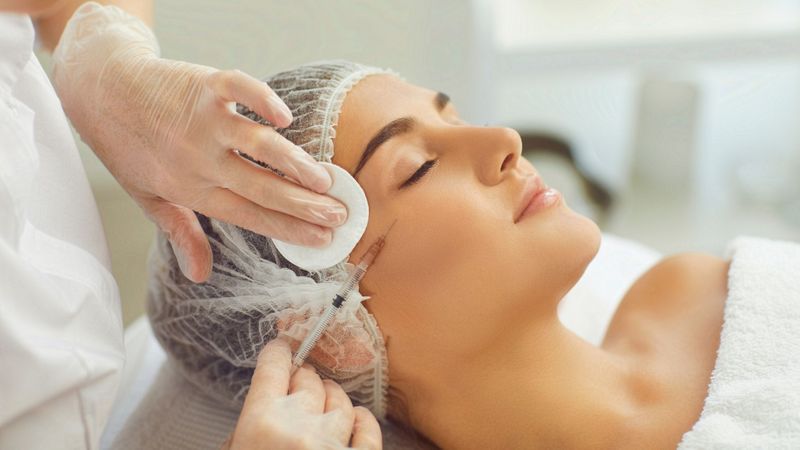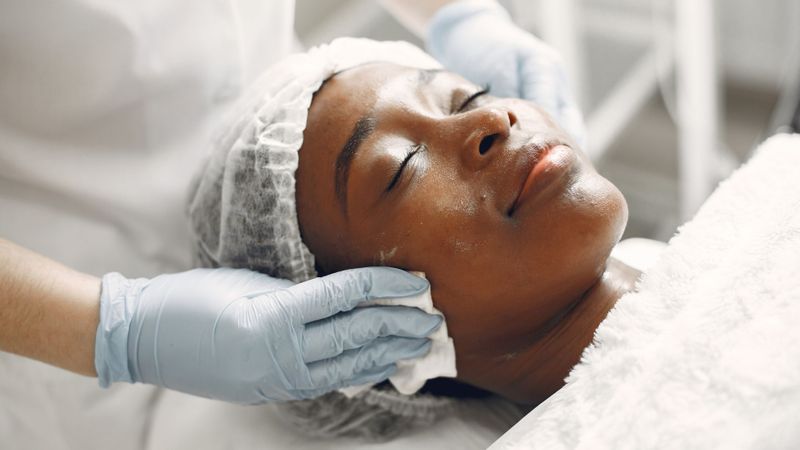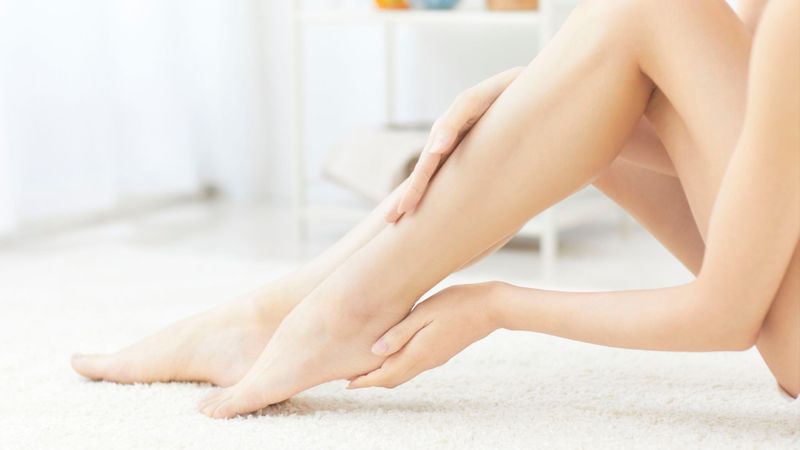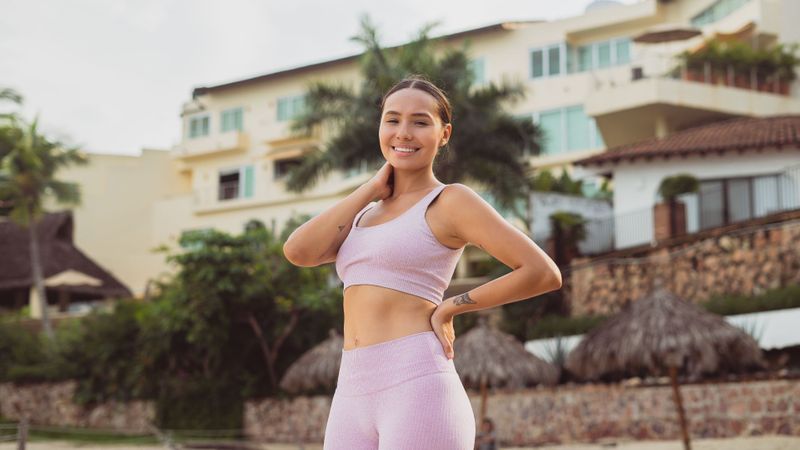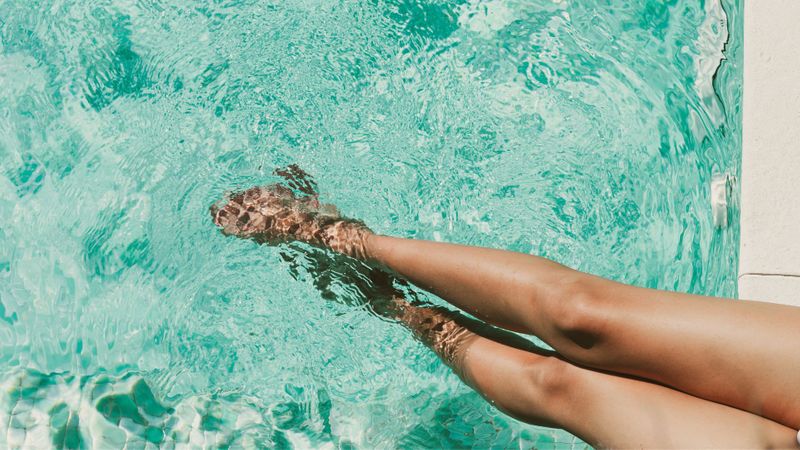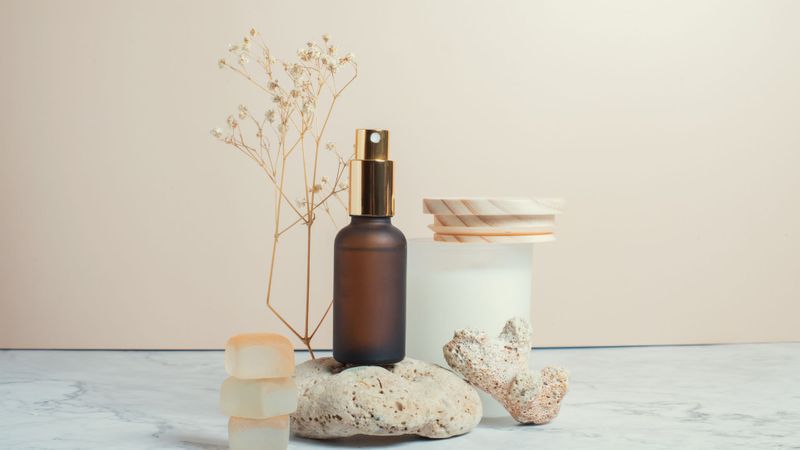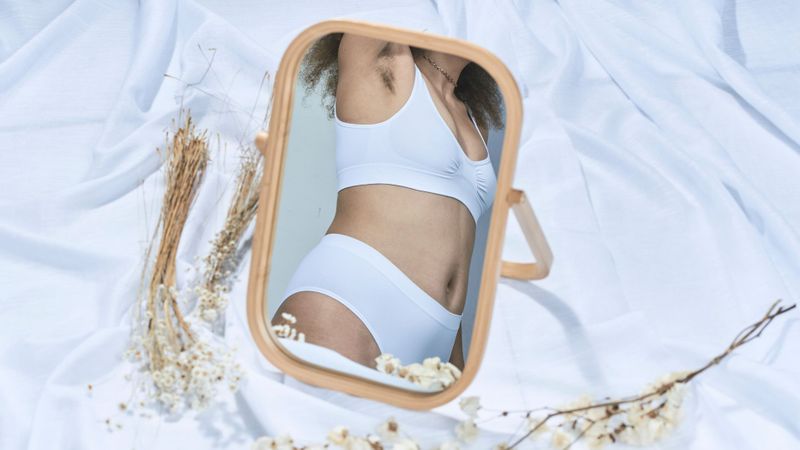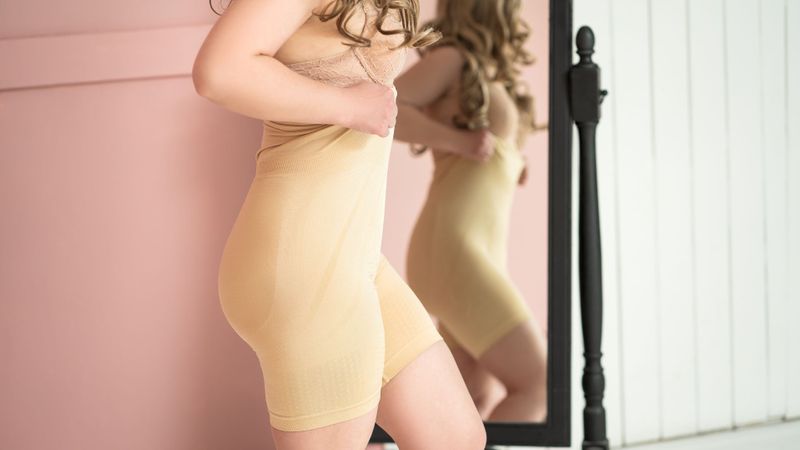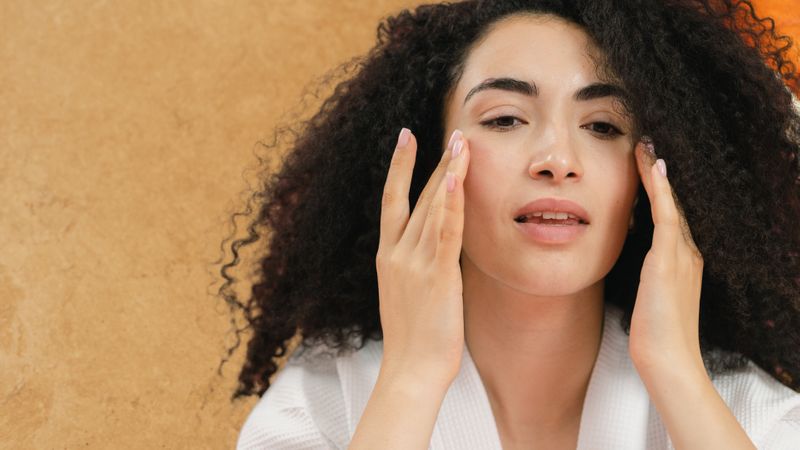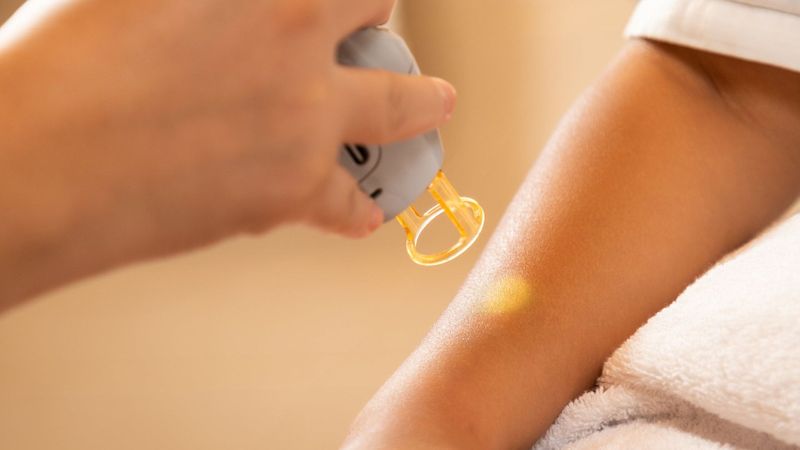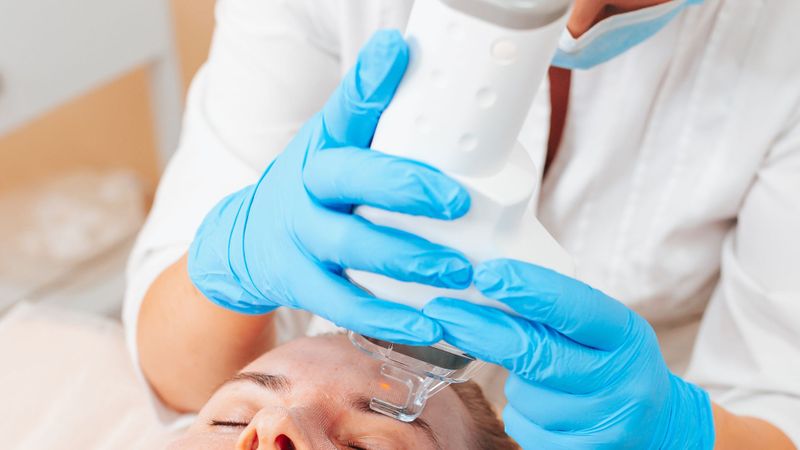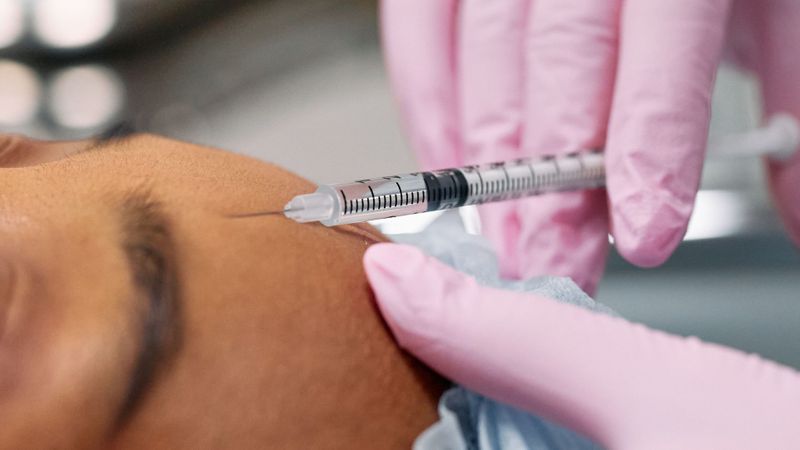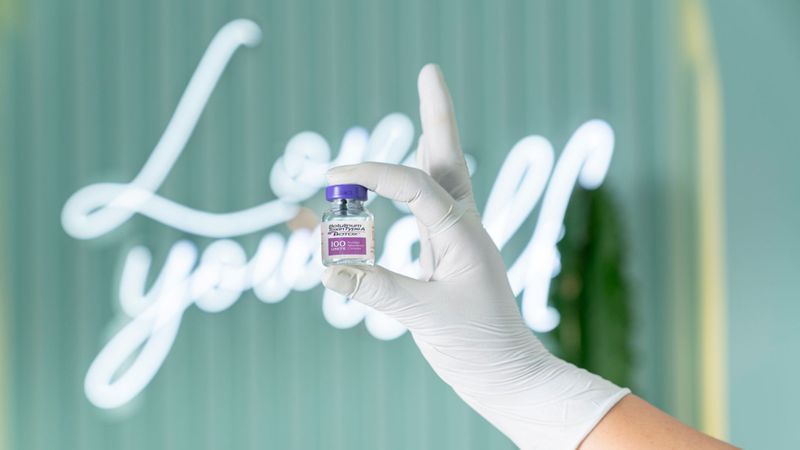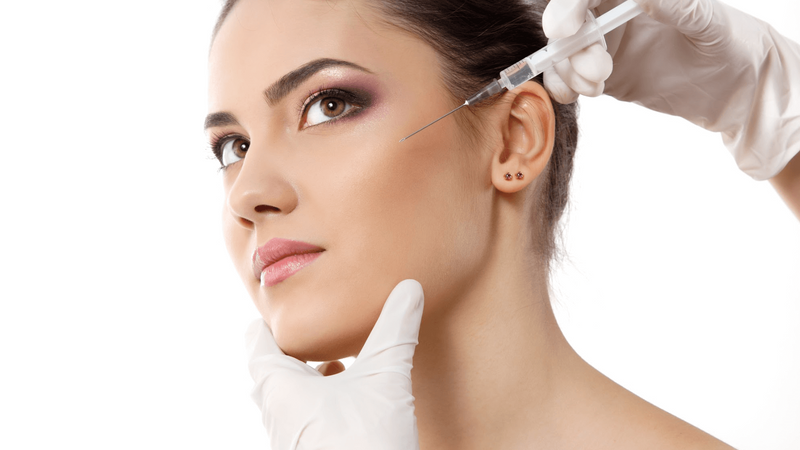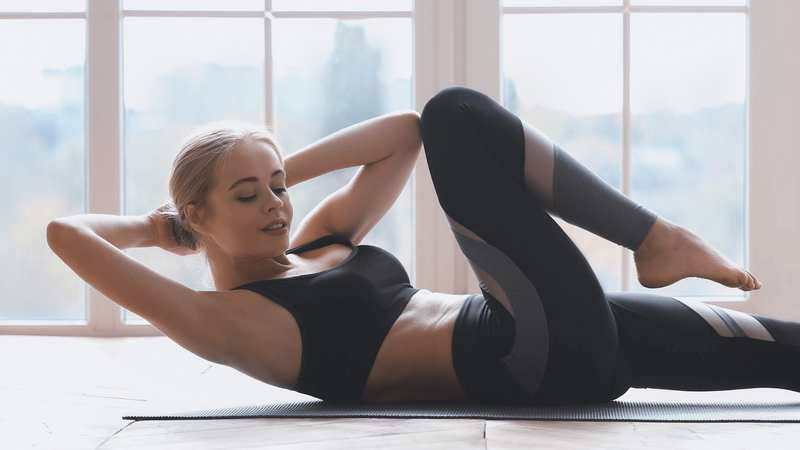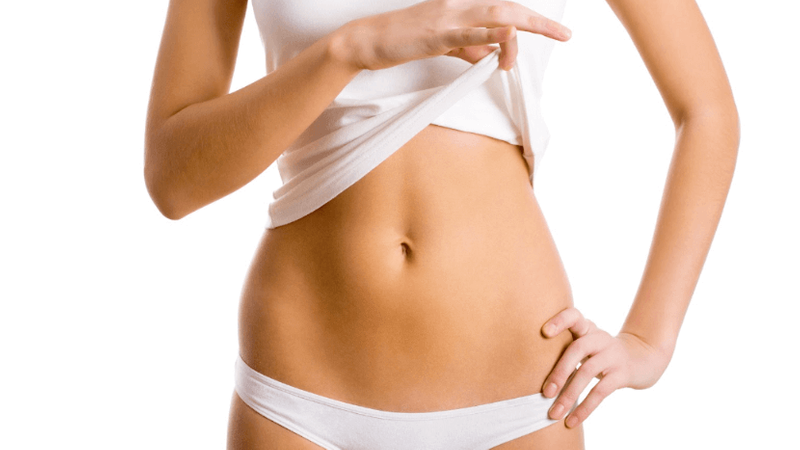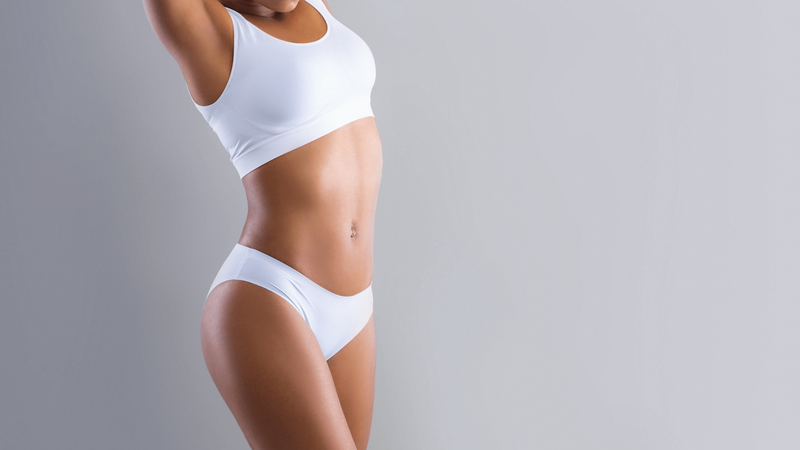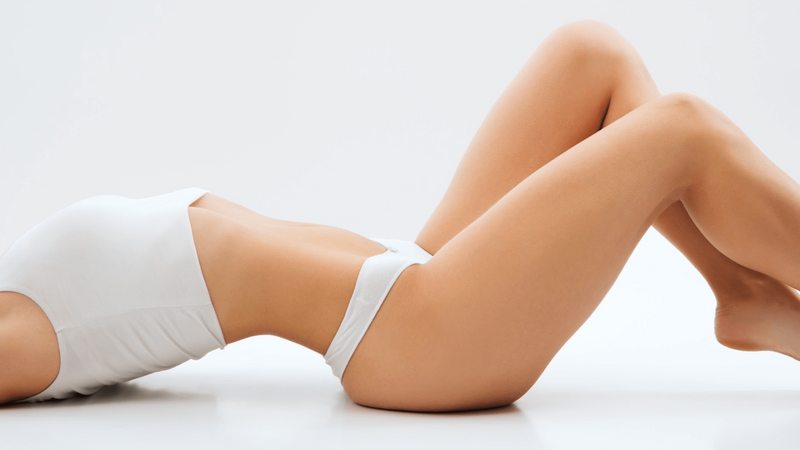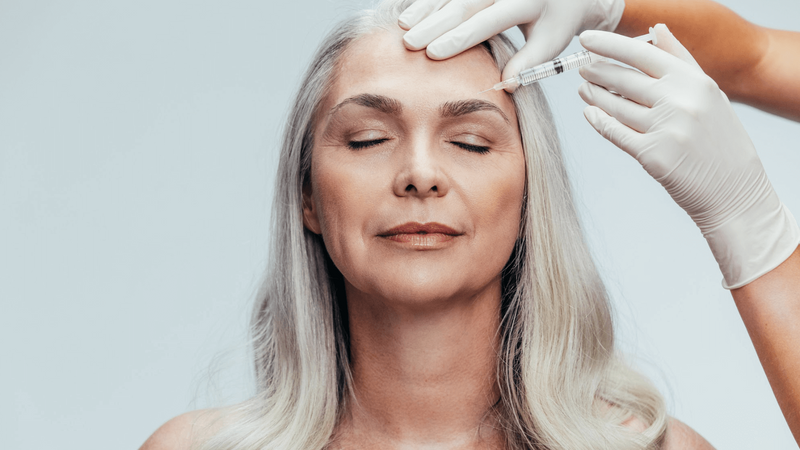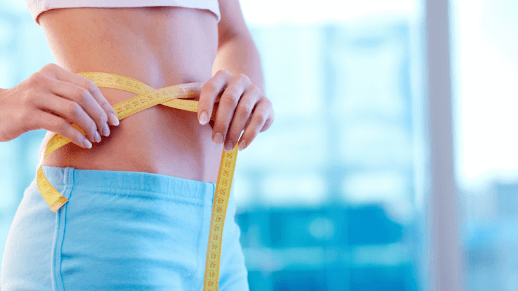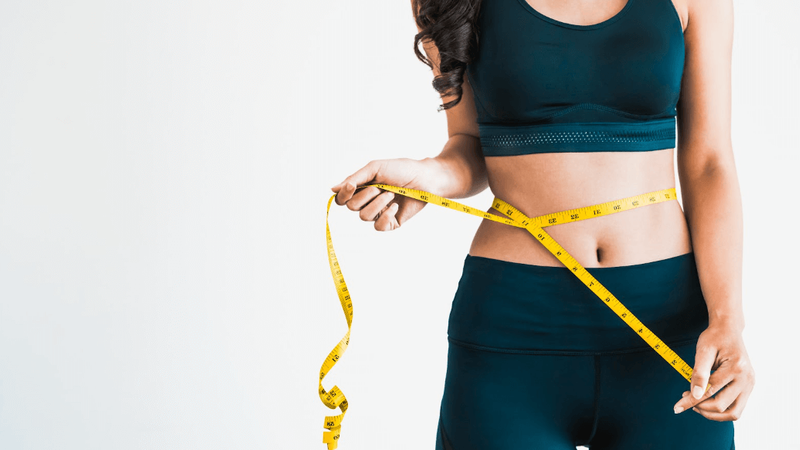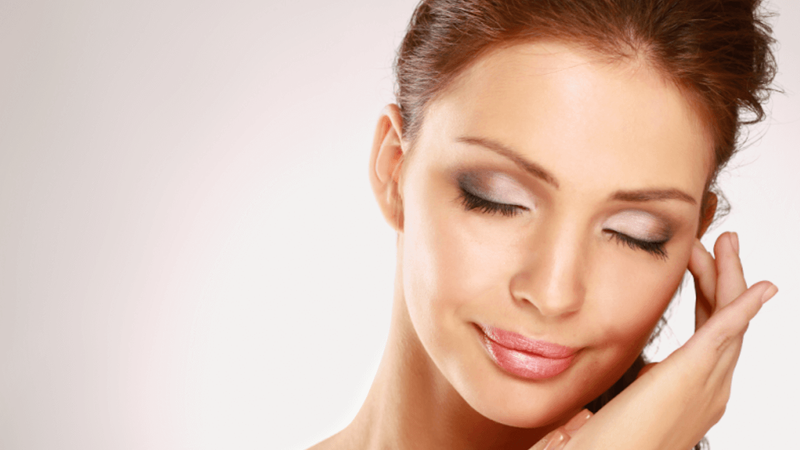Blog
Recent Updates
Common Misconceptions About Botox Injections Debunked
At Beleza Surgery, we understand that considering an injectable treatment can feel overwhelming when you are surrounded by misinformation. Many of our Austin patients hesitate because of persistent myths that simply aren’t true. Today, we are setting the record straight so you can make an informed, confident decision about achieving your most refreshed and youthful appearance.
moreThe History and Evolution of Botox as a Cosmetic Procedure
The story of BOTOX® is one of science and serendipity, evolving into the most popular aesthetic treatment worldwide. Here at Beleza Surgery & Med Spa in Cedar Park, Texas, we appreciate the journey of this revolutionary product. Discover how this medical marvel transformed the landscape of cosmetic injections.
moreThe Art of Volume: Our Specialized Approach to Dermal Fillers
At Beleza Surgery & Med Spa, we understand that a loss of facial volume is a key concern for many of our patients. Our approach to dermal fillers is driven by an artistic vision—to restore and enhance your natural contours, helping you recapture a smooth, youthful appearance. This isn't about changing your look; it's about artfully replenishing the subtle volume loss that comes with time. Our focus is always on creating balanced, beautiful results that seamlessly integrate with your unique facial features.
moreComparing Facials: Which Type is Best for Your Skin Concerns?
Choosing the right facial can feel overwhelming, but connecting your specific skin goals to the perfect treatment is key to unlocking a healthier, more radiant complexion. At Beleza Surgery, we offer a range of professional skin treatments designed to address everything from fine lines to chronic congestion. Let's compare the options available to you.
moreLiposuction Myths vs. Facts: What You Need to Know
At Beleza Surgery, we understand that considering a cosmetic procedure is a significant decision. As you explore your options, it's common to come across a lot of information online, not all of which is accurate. Our goal is to empower our patients with the knowledge they need to make the best choices for their bodies and their confidence. That's why we're here to clear the air about one of our most popular body contouring treatments: liposuction. Let’s separate the myths from the facts.
moreLiposuction for Men: Tailored Body Contouring Solutions at Beleza Surgery
At Beleza Surgery in Cedar Park, Texas, we understand that body contouring is not a one-size-fits-all solution, especially when it comes to men. Many men strive for a more defined, athletic physique, but often face stubborn pockets of fat that resist diet and exercise. Our specialized approach to liposuction for men is designed to address these unique concerns, helping you achieve the sculpted results you desire. We pride ourselves on creating personalized treatment plans that reflect your aesthetic goals and enhance your natural contours.
moreEmbracing Change: Mental Health Tips for Sustaining Liposuction Results
Choosing to undergo liposuction is a significant step towards achieving your desired body contours. At Beleza Surgery, we guide our Texas patients through both the physical transformation and the mental journey that follows. We know that long-term success requires a positive mindset, so we've gathered our essential tips for mentally sustaining your beautiful new results.
moreLaser Hair Removal: What to Expect
Embracing smoother, hair-free skin is an exciting prospect, and laser hair removal is a leading nonsurgical procedure to achieve it. Understanding the process helps set clear expectations and ensures you feel confident. Here at Beleza Surgery, we guide our Texas patients through every step of the journey because we believe an informed patient is a happy patient.
moreThe Benefits of Botox Treatments: What You Need to Know
Botox has become a household name in the world of cosmetic treatments, but its benefits extend far beyond just smoothing out wrinkles. At Beleza Surgery, we believe in educating our patients about the full potential of our treatments. Here's what you need to know about the remarkable advantages of Botox.
moreHow to Maintain Your Liposuction Results Long-Term
At Beleza Surgery, we understand that undergoing liposuction is a significant decision towards achieving your desired body contours. A common question we receive is about the longevity of the results. The great news is that the outcomes can be lasting, provided you take steps to maintain them. We're here to guide you on how to protect your investment and enjoy the fantastic liposuction benefits for years to come, turning a great result into a permanent fat removal success story.
moreHow Medical Spa Services Can Enhance Your Overall Wellness
At Beleza Surgery in Central Texas, we know taking time for self-care is essential for maintaining overall wellness. That’s why our medical spa services offer a holistic approach to rejuvenation and healing, allowing you to feel refreshed both inside and out. Below we’re taking a closer look at just a few of the ways these services can enhance your well-being.
moreThe Benefits of Laser Skin Resurfacing for Sun Damage and Aging Skin
At Beleza Surgery, we recognize the toll that sun exposure can take on your skin, particularly in Austin's vibrant, sunny climate. Laser skin resurfacing offers a modern solution to rejuvenate sun-damaged and aging skin, restoring your youthful glow. Let’s explore the transformative benefits of this advanced treatment.
moreUnderstanding Dysport vs. Botox: Which Is Better for Wrinkle Reduction?
At Beleza Surgery, we understand the desire for youthful, smooth skin. With numerous treatments available, two of the most popular options for wrinkle reduction are Dysport and Botox. Both are effective neuromodulators that work wonders in minimizing the appearance of fine lines and wrinkles, but how do you determine which one is best for you? Let’s get into the details and help clarify your choices when it comes to cosmetic injections.
moreCoolSculpting vs. CoolTone: Which Body Contouring Treatment Is Right for You?
At Beleza Surgery, we understand that the journey to achieving your ideal body is a deeply personal one. With multiple options available, navigating the best treatment for your needs can feel overwhelming. This is especially true when weighing two popular body-contouring treatments: CoolSculpting and CoolTone. While both approaches offer distinct benefits, understanding their key differences is essential in aligning your expectations with outcomes. Whether you’re considering getting a mommy makeover in Texas or seeking a treatment at our safe medical spa in Cedar Park, we are here to help guide your decision.
moreCan Liposuction Be Combined with Other Procedures?
Liposuction is a popular body contouring procedure that removes stubborn fat deposits to create a more sculpted appearance. While it delivers impressive results on its own, many patients wonder—can liposuction be combined with other procedures for enhanced body transformation? The answer is yes! However, the combination of procedures depends on your goals, body type, and safety considerations.
moreLiposuction vs. Non-Surgical Fat Reduction: Which Is Right for You?
When it comes to achieving your ideal body shape, there are more options than ever before. Whether you're looking for a dramatic transformation or a subtle refinement, it's important to understand the differences between liposuction and non-surgical fat reduction. Both treatments offer effective ways to reduce stubborn fat, but they differ in approach, recovery, and results.
At Beleza Surgery in Central Texas, we specialize in both surgical and non-surgical body contouring, helping you choose the best solution based on your goals. Let’s break down the key differences.
moreTop Treatments for Sagging Skin in the Neck and Jawline Area
As we age, the delicate skin around the neck and jawline often shows the earliest signs of aging. Sagging skin, loss of elasticity, and a less-defined jawline are common concerns, but there’s good news: modern med spa treatments can help restore a youthful, lifted appearance without surgery. At Beleza Surgery & Med Spa, we offer state-of-the-art non-surgical options to tighten and rejuvenate sagging skin in the neck and jawline. Here are some of the top treatments available at our Central Texas locations in Austin, Cedar Park, Liberty Hill, and Killeen.
moreTop Skin Rejuvenation Treatments for Central Texas' Dry Winters
Winter in Central Texas might not bring snowstorms, but it does bring dry air that can leave your skin feeling dehydrated, dull, and tired. At Beleza Surgery & Med Spa, we’re here to help you combat the effects of winter with treatments that hydrate, rejuvenate, and restore your skin’s natural glow. Whether you’re in Cedar Park, Liberty Hill, Killeen, or Austin, our team is ready to help you achieve your best winter skin yet.
moreCan BELOTERO BALANCE® Soften Nasolabial Folds?
Nasolabial folds are a common sign of aging that makes people self-conscious about their appearance. These deep lines or wrinkles run from the side of the nose to the corners of the mouth and can be caused by factors like genetics, sun exposure, smoking, and repetitive facial expressions.
While many dermal fillers are available to reduce nasolabial folds, one popular option is BELOTERO BALANCE®. If you're considering this injectable treatment, call Beleza Surgery to book an appointment in Austin, Cedar Park, Round Rock, or Killeen, TX. Our med spa facility can help you achieve a smoother, more youthful appearance.
moreCan Liposuction Target Stubborn Fat Resistant to Exercise?
Exercise is often considered the gold standard for losing weight and toning up, but even the best workouts can fail to target specific areas of fat. This can be frustrating for people who want to achieve their desired body shape. Our skilled professionals at Beleza Surgery may recommend a popular cosmetic procedure called liposuction to produce results.
So, how does liposuction work, and what can you expect during and after this body contouring treatment? Call now for a consultation in Cedar Park or Killeen, TX, and see why so many of our patients are thrilled with their results. We know what it takes to transform your appearance and boost your confidence.
moreHow Long Do Tummy Tuck Results Typically Last?
A tummy tuck can be life-changing if you're unhappy with your abdomen and want a flatter, more toned appearance. This body contouring procedure is ideal for people with excess skin and fat that can't be resolved through diet or exercise alone. But how long do tummy tuck results last, and what can you do to maintain them at home?
At Beleza Surgery, our professionals take the time to educate patients, so they have realistic expectations about cosmetic surgery. Call our team in Cedar Park, Round Rock, or Killeen, TX, to book a tummy tuck consultation. Below, we'll explore the factors that impact your results and provide tips for keeping your midsection looking great for years to come.
moreImprove the Appearance of a Double Chin with KYBELLA®
A double chin is a common concern for many people. Unfortunately, submental fullness can make someone seem heavier or older than they actually are, and it may be too challenging to address through diet and exercise alone.
Fortunately, there's a nonsurgical solution to reducing the appearance of a double chin — KYBELLA. Our med spa facility is proud to have helped countless patients boost their confidence with this revolutionary treatment. Call Beleza Surgery to book your KYBELLA injections. We proudly offer this service in Austin, Cedar Park, Round Rock, and Killeen, TX.
moreSay Goodbye to Crow's Feet with the Help of Dysport®
The lines and creases that form around the outer corners of the eyes are called Crow's feet. Fine lines are a natural part of aging, but they can make you look older than you feel. Fortunately, there is a way to smooth out these pesky wrinkles — Dysport. Our professionals at Beleza Surgery are experienced in treating Crow's feet through minimally invasive injections.
Call now to learn about wrinkle relaxers and how they can help you seem years younger. We'll be happy to schedule a consultation in Austin, Cedar Park, Round Rock, or Killeen, TX, and answer any questions you have about treatment.
moreWhich Areas of the Body Can Liposuction Treat?
Small but stubborn areas of fat can be difficult to manage, especially if you've tried numerous diets and exercise routines without success. In these cases, liposuction might be an option to consider. But which areas can it actually treat?
At Beleza Surgery, we specialize in advanced body contouring procedures that help achieve your desired shape and size. With that said, let's take a closer look at the many areas that can be targeted through liposuction. Our experienced professionals in Cedar Park and Killeen, TX work closely with patients to determine the right treatment plan based on their cosmetic goals.
moreIs a Tummy Tuck the Right Solution for Your Body Goals?
As the new year unfolds, it's a time of reflection and goal-setting, especially regarding personal health and appearance. Many individuals ponder their body goals and consider various cosmetic procedures. Among these, a tummy tuck, also known as abdominoplasty, stands out as a popular choice for those seeking a rejuvenated body contour. At Beleza Surgery, we understand the significance of achieving your desired body shape and offer top-notch tummy tuck services at our accredited OR facility in Cedar Park, TX. Our experienced team is also available for consultations at our Round Rock, Austin, or Killeen, TX locations.
moreHave Age-Related Volume Loss? Dermal Fillers Can Help
As we age, our faces naturally lose subcutaneous fat, decreasing volume and elasticity. This volume loss can cause the cheeks to flatten and the skin to sag, creating a tired and aged appearance. But there's a solution. At Beleza Surgery, located in Austin, Cedar Park, Round Rock, and Killeen, TX, our experienced team offers cutting-edge skin rejuvenation treatments, including a range of dermal fillers like JUVÉDERM®, RADIESSE®, BELOTERO BALANCE®, and Sculptra®. These products are designed to help counteract age-related volume loss, offering a firmer, more youthful, and vibrant appearance.
moreCan Liposuction Help Me Achieve a More Proportionate Body Shape?
Liposuction has long been regarded as a game-changer in cosmetic surgical procedures. If you're struggling with stubborn pockets of unwanted fat that refuse to budge, this fat removal procedure may be the answer you've been seeking. At Beleza Surgery in Cedar Park and Killeen, TX, we offer premier liposuction services to help you achieve a more proportionate and defined body shape. Below, we'll explore what liposuction is, the areas of stubborn fat it can address, how it works, its benefits, and how it shapes the body, ultimately helping you determine if liposuction is the right solution for your goals.
moreHow Can Laser Skin Resurfacing Treatments Improve the Skin?
Our skin, like many parts of us, is continuously evolving. Over time, sun exposure, aging, and various other factors can impact our skin's appearance, leading to imperfections and signs of aging. For those seeking to rejuvenate and restore a more youthful complexion, laser skin resurfacing is a trusted solution. Ideal candidates are those who wish to address concerns like wrinkles, uneven skin tone, scars, or other skin irregularities. At Beleza Surgery, located in Cedar Park, Round Rock, Killeen, and Austin, TX (The Arboretum), our dedicated team employs Opus Plasma® as an integral part of this nonsurgical treatment to improve the complexion.
moreHow Often Can I Have BOTOX® Injections?
BOTOX is a name that resonates with many, from celebrities to your next-door neighbor. It's a revolutionary treatment that targets wrinkles and fine lines, which can grant a more youthful and rejuvenated appearance. If you're wondering whether you are a suitable candidate for BOTOX, the answer is quite simple. If you're someone plagued by early signs of aging or looking to smooth specific areas of your face, you might be in the right place. The cosmetic injection team at Beleza Surgery in Austin, Cedar Park, Round Rock, and Killeen, TX is highly skilled and dedicated, ensuring you can reap the multiple benefits of BOTOX.
moreIs CoolSculpting® the Answer to Your Areas of Stubborn Fat?
Our comprehensive approach to medical weight loss and weight management at Beleza Surgery relies on evidence-based strategies to help individuals achieve and maintain a healthy weight. A medical weight loss program may combine personalized dietary counseling, physical activity guidance, behavioral therapy, and prescription medications based on the individual's unique needs and goals. This holistic approach has become a popular alternative to surgical weight loss procedures for many reasons. Our weight loss experts at our med spa facilities in Cedar Park, Round Rock, Killeen, and Austin, TX can help you design a personalized weight loss program. Keep reading to explore how medical weight loss can help you reach your body goals.
moreThree Reasons to Consider Medical Weight Loss to Reach Your Body Goals
Our comprehensive approach to medical weight loss and weight management at Beleza Surgery relies on evidence-based strategies to help individuals achieve and maintain a healthy weight. A medical weight loss program may combine personalized dietary counseling, physical activity guidance, behavioral therapy, and prescription medications based on the individual's unique needs and goals. This holistic approach has become a popular alternative to surgical weight loss procedures for many reasons. Our weight loss experts at our med spa facilities in Cedar Park, Round Rock, Killeen, and Austin, TX can help you design a personalized weight loss program. Keep reading to explore how medical weight loss can help you reach your body goals.
moreHow to Care for Your Lips After Fillers
Lip fillers, also called dermal fillers, have become increasingly popular in recent years, allowing individuals to enhance their lips and achieve a fuller, more youthful appearance without having to undergo surgery. If you've recently had lip filler at Beleza Surgery, with locations in Cedar Park, Round Rock, Austin, and Killeen, TX, it's essential to know how to care for your newly enhanced lips. Here, we'll provide you with expert tips on post-lip filler care, including how to maintain your results, the duration of lip fillers, and determining the amount of lip filler needed.
moreBring Sunken Cheeks Back to Life With JUVÉDERM VOLUMA
Sunken cheeks can have a significant impact on our appearance, making us look tired, aged, and less vibrant. Fortunately, with advancements in cosmetic procedures, there is now a solution to help rejuvenate your cheeks and restore their youthful fullness. Beleza Surgery, with locations in Cedar Park, Round Rock, Austin, and Killeen, TX, offers a transformative treatment using JUVÉDERM VOLUMA dermal fillers. Let's explore how JUVÉDERM VOLUMA at our med spa facility can bring sunken cheeks back to life, providing you with a natural and refreshed appearance.
moreAchieve Your Weight Loss Goals with a F.I.T. Program
Losing weight can be a daunting task. But the right program can make it more manageable and rewarding.
That's why the team at Beleza Surgery offers the Focused Intentional Transformation (F.I.T.) program to patients near Austin, Cedar Park, Round Rock, and Killeen, TX. This nonsurgical weight loss program helps patients achieve their weight loss goals using a combination of three effective drugs.
Keep reading to discover how the F.I.T. program at our med spa facility works and why it may be the key to helping you achieve your weight loss goals.
moreCan Liposuction Make My Thighs Slimmer?
For many people, slimming down their thighs is a priority when it comes to achieving their ideal body shape. While diet and exercise can help to some extent, it can be hard to target specific areas, and even genetics can be an impediment.
The team at Beleza Surgery serves clients near Cedar Park and Killeen, TX who are looking for a bit of help shaping their bodies.
Keep reading to find out if liposuction might be that way to help you get slimmer thighs and achieve your body contouring goals.
moreHow Can I Care for My Skin at Home After Laser Skin Resurfacing?
Laser skin resurfacing is an excellent way to reclaim your youthful glow. Though minor side effects like redness and swelling are expected after treatment, these are easily managed with the proper care.
Our skilled providers at Beleza Surgery can offer comprehensive tips and advice about skin rejuvenation during a consultation in Cedar Park, TX – book an appointment at our med spa and let us help you see stunning results.
moreWill I Have Swelling After BOTOX® Injections?
BOTOX is a popular cosmetic treatment used to smooth out wrinkles and fine lines on the face. It works by paralyzing the muscles that cause facial expressions, which can help to give the skin a more youthful and refreshed appearance. However, like any medical procedure, BOTOX injections can have side effects. One of the questions many people have is whether or not they will experience swelling after the injections. At Beleza Surgery in Austin, Cedar, Park, Round Rock, and Killeen, TX, we understand that this is a common concern among our patients and can provide you with the information you need to make an informed decision about your treatment.
moreGive Your Sunken Eyes a Boost with Dermal Fillers
Aging, weight loss, and genetics can all cause your eyes to take on a sunken appearance. Sunken eyes can make you look old, tired, and grumpy. Luckily, you have options to reinvigorate your appearance. Dermal fillers can give your sunken eyes a much-needed boost.
Our team approach at Beleza Surgery in The Arboretum, Cedar Park, Round Rock, and Killeen TX involves meeting with our doctors for a consultation. At the consultation, you can discuss your goals and learn about how dermal fillers can refresh your sunken eyes.
more
